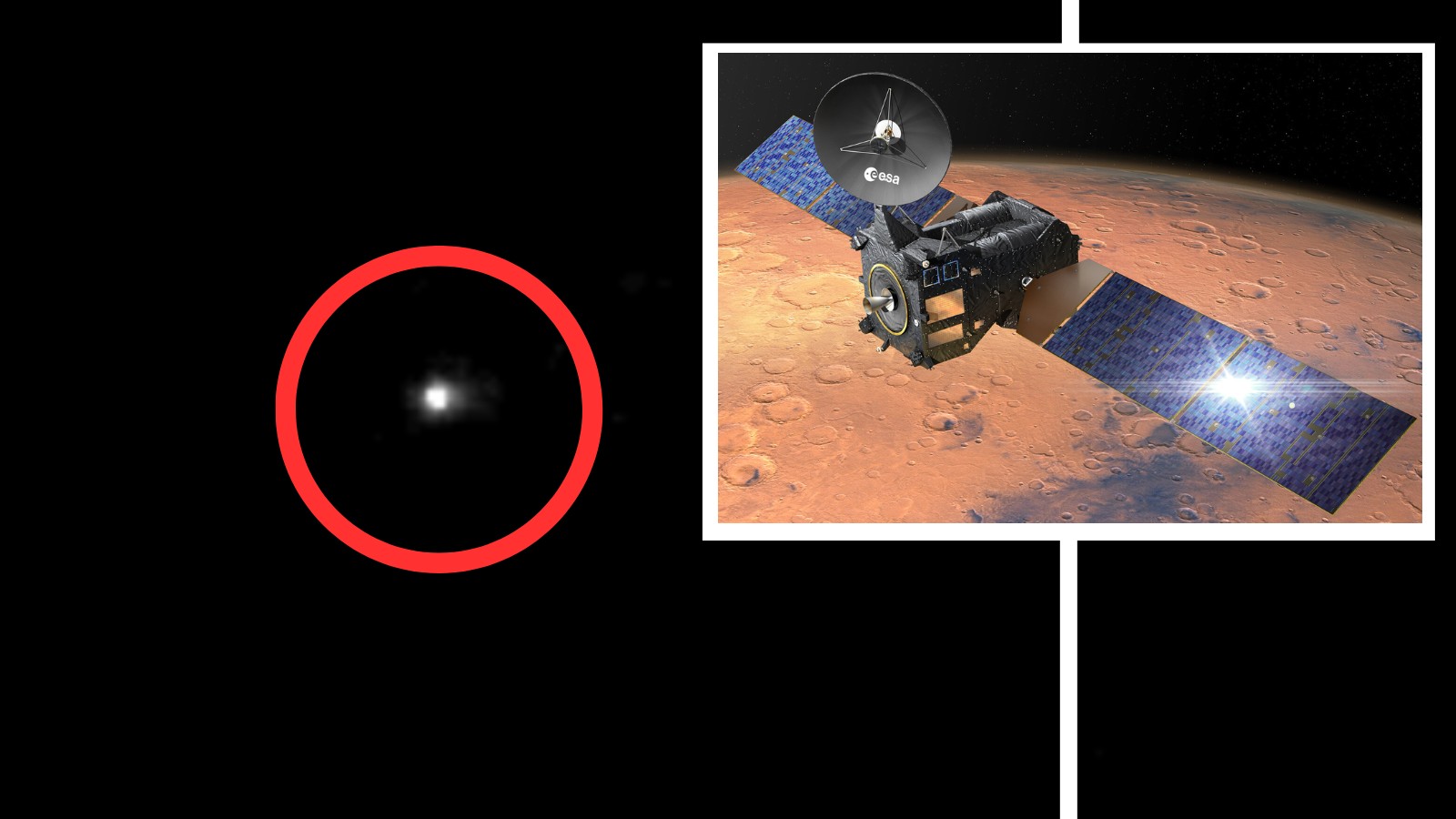Recent observations by the European Space Agency’s ExoMars Trace Gas Orbiter (TGO) have dramatically improved the accuracy of predicting the path of interstellar comet 3I/ATLAS. The TGO’s data, collected as the comet passed within 18 million miles of Mars in early October, is ten times more precise than previous estimates derived solely from Earth-based telescopes. This breakthrough isn’t just about tracking one comet; it demonstrates a vital new capability for planetary defense.
Why This Matters: Beyond One Comet
While 3I/ATLAS poses no immediate threat to Earth, the ability to refine orbital predictions with data from multiple vantage points—in this case, Mars and Earth—is crucial. Cometary and asteroid trajectories are inherently unpredictable, and even small errors in calculation can have significant consequences when assessing potential impact risks. The TGO’s contribution proves that triangulating observations from different locations in space yields far superior results.
How the Breakthrough Happened
The ExoMars TGO, normally focused on Martian surface analysis, repurposed its Colour and Stereo Surface Imaging System (CaSIS) to observe 3I/ATLAS. The key wasn’t just taking the images but accounting for the spacecraft’s unique position around Mars and its orbital speed. ESA’s planetary defense team, working with flight dynamics experts, calculated the spacecraft’s precise location to ensure accurate data capture.
First of Its Kind: Space-to-Space Astrometry
This event marks the first time astrometric data (precise measurements of a celestial object’s position) has been submitted to the Minor Planet Center (MPC) by a spacecraft orbiting another planet. The MPC, a central hub for asteroid and comet observations, now has a new, highly accurate data source.
Implications for Planetary Defense
ESA routinely monitors near-Earth objects, calculating orbits and issuing warnings if necessary. This “rehearsal” with 3I/ATLAS demonstrates the value of triangulating data from Earth and another spacecraft in space. A spacecraft can also be closer to an object, adding even more precision.
Future Observations with JUICE
The interstellar comet is now being tracked by JUICE (Jupiter Icy Moons Explorer), which is bound for the Jovian system. JUICE is likely to get the best view of 3I/ATLAS during its active phase as radiation from the sun causes it to expel material. However, the JUICE observations won’t be available to scientists until February 2026, as the spacecraft is currently on the other side of the sun from Earth.
In essence, the success with 3I/ATLAS has validated a new method for refining orbital predictions, strengthening our ability to assess and mitigate potential threats from comets and asteroids. The future of planetary defense may rely on a network of space-based observers, working in concert to safeguard Earth
